“You definitely have multiple sclerosis,” the doctor said.”
It didn’t come as a surprise. We had suspected it for months. In fact, my neurologist referred me over the local multiple sclerosis specialty clinic after seeing my symptoms. But still, there is something different about hearing those words come out of a doctor’s mouth.
While it wasn’t a surprise, hearing those words out loud sent some shockwaves through my soul.
“Well the timing isn’t great,” I thought. It was November 2018 and just a couple of days after my husband was diagnosed with cancer – the Non-Hodgkins Lymphoma type. And our daughters were experiencing major health issues.
But is there ever a good time to get news like that? Not really.
My biggest fear is that I would no longer be able to help care for them. And I was the only one well enough to work. We would be losing my husband’s medical insurance in a month and I would be the one that carried the medical insurance. I need to be able to work full-time. And some days that seemed like an impossible task if my symptoms worsened.
My doctor explained that MS has no known cure and that treatment plans are designed to help slow the progression of the disease and treat the symptoms.
“How long have you had symptoms?” the doctor asked.”
- I thought back to three years earlier where I fell nearly every day for 10 days in a row because I kept losing my balance. I fell three times in one day trying to get into my office after a lunch break. Back then I had blamed it on the herniated discs in my lower back. But that never felt quite right. I just didn’t have any other explanation for it.
- The time I ended up in the ER because I suddenly lost vision out of my right eye.
- The day I experienced heat exhaustion and had to be treated by the EMTs at a football game.
The doctor thought that the temporary vision loss was very likely to be due to MS. He figured I have had it for at least 5 years, probably more. In fact, I had experienced many MS symptoms for close to 40 years.
But now it is believed it was much longer than that. I just didn’t know some of the mystery health issues that I had been experiencing for years were MS symptoms.
- The many, many years of MS hugs. They had been going on for 25 to 30 years.
- And the bladder and bowel issues I had suffered from for close to 30 years.
I had experienced plenty of MS warning signs for years, but they had become more frequent and worse over the past 5 years.
I am a very firm believer in the power of diet and alternative therapies to reduce and often eliminate disease. I researched various MS diets, alternative treatments, and more during that week.
The doctor gave me a listing of potential disease modifying meds to take home and research. When I returned a week later I was to let him know which option I wanted to go with. But first they had to do some blood tests to test liver function, test for infection, and test for the JC Virus.I returned to the clinic, one week later, and learned I was in fact JC Virus positive. That meant I was at a greater risk of developing PML. Progressive multifocal leukoencephalopathy (PML) is a rare and often fatal viral disease characterized by progressive damage or inflammation of the white matter of the brain. The average life expectancy for someone developing PML is just six months. What it meant for me is that would have to start out with meds that were the least likely to lead to PML.
In the end, I decided to go ahead and treat with the traditional medications, while also doing what I can to hit it with diet, alternate remedies and treatments as well.We started with Aubagio, because there was only one known case of PML in patients treated with it, and that patient was first treated with another med that had some known cases of PML.
I hope to share information on my Multiple Sclerosis journey here, as well as some of the other health conditions our family is going through. Hopefully, it will help others who are going through the same thing.
LIKE THIS POST? YOU MAY ALSO ENJOY
When Was Multiple Sclerosis First Diagnosed?
Multiple sclerosis (MS) is a chronic autoimmune disease that affects the central nervous system. The disease has been recognized for centuries, but it was not until the 19th century that it began to be recognized as a distinct clinical entity.The first description of...
The Power of Words After a Medical Diagnosis
The power of words, after a medical diagnosis, should not be underestimated. They can provide you and I with the ability to change our outlook about life, the disease, and our potential outcome. Some words are more powerful than others by their very nature. Words...
21 Natural Pain Management Resources I Reach For When I Am in Pain
I like having an arsenal of natural pain management resources to turn to. Some days the pain from multiple sclerosis, pancreatitis, and other illnesses can be super intense. Some days I feel I have to throw most of these at the pain resources to get relief. Below are...

About the Author
Leisa Watkins
Leisa Watkins is the founder of Cultivate An Exceptional Life. She believes life is meant to be enjoyed and experienced in abundance. She is on a mission to help people break through barriers and avoid roadblocks in life while creating a life they love. She also shares tips on getting more out of life, despite it's challenges on our Instagram channel. Please follow us.









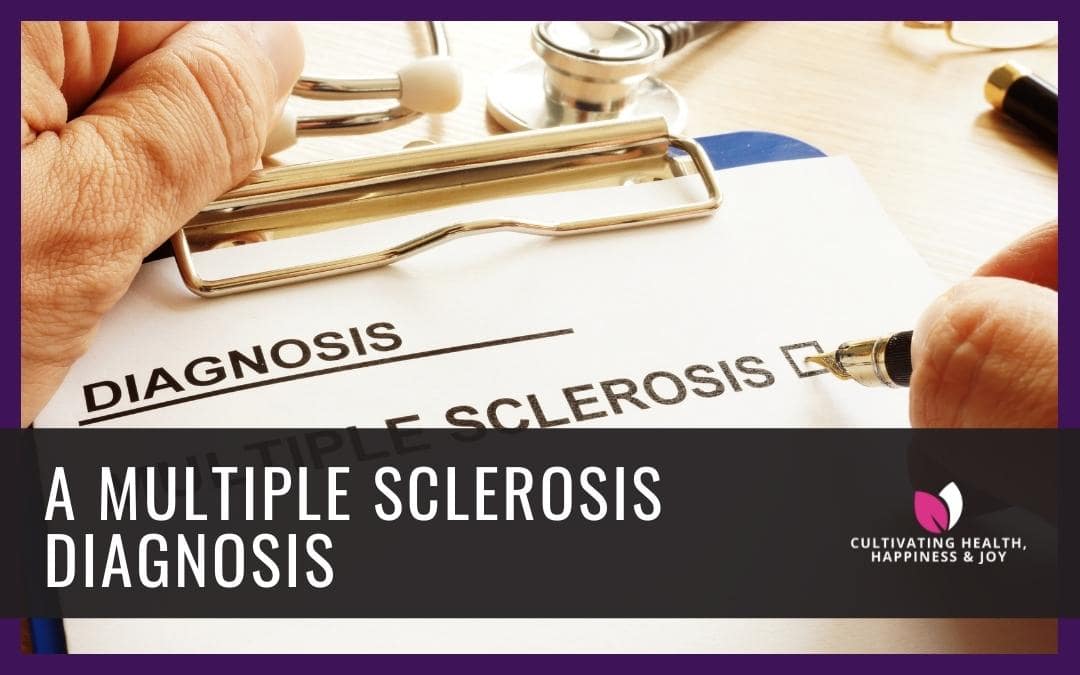
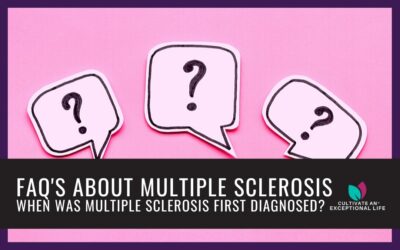
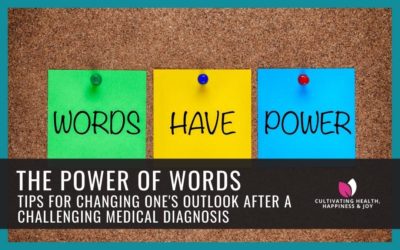


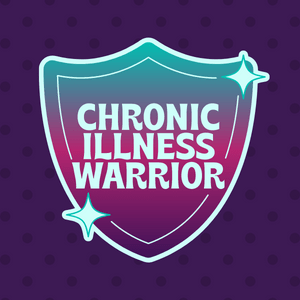

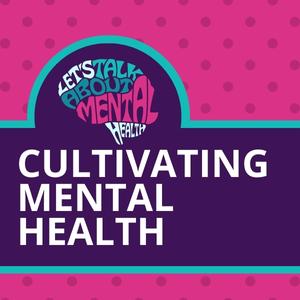

0 Comments